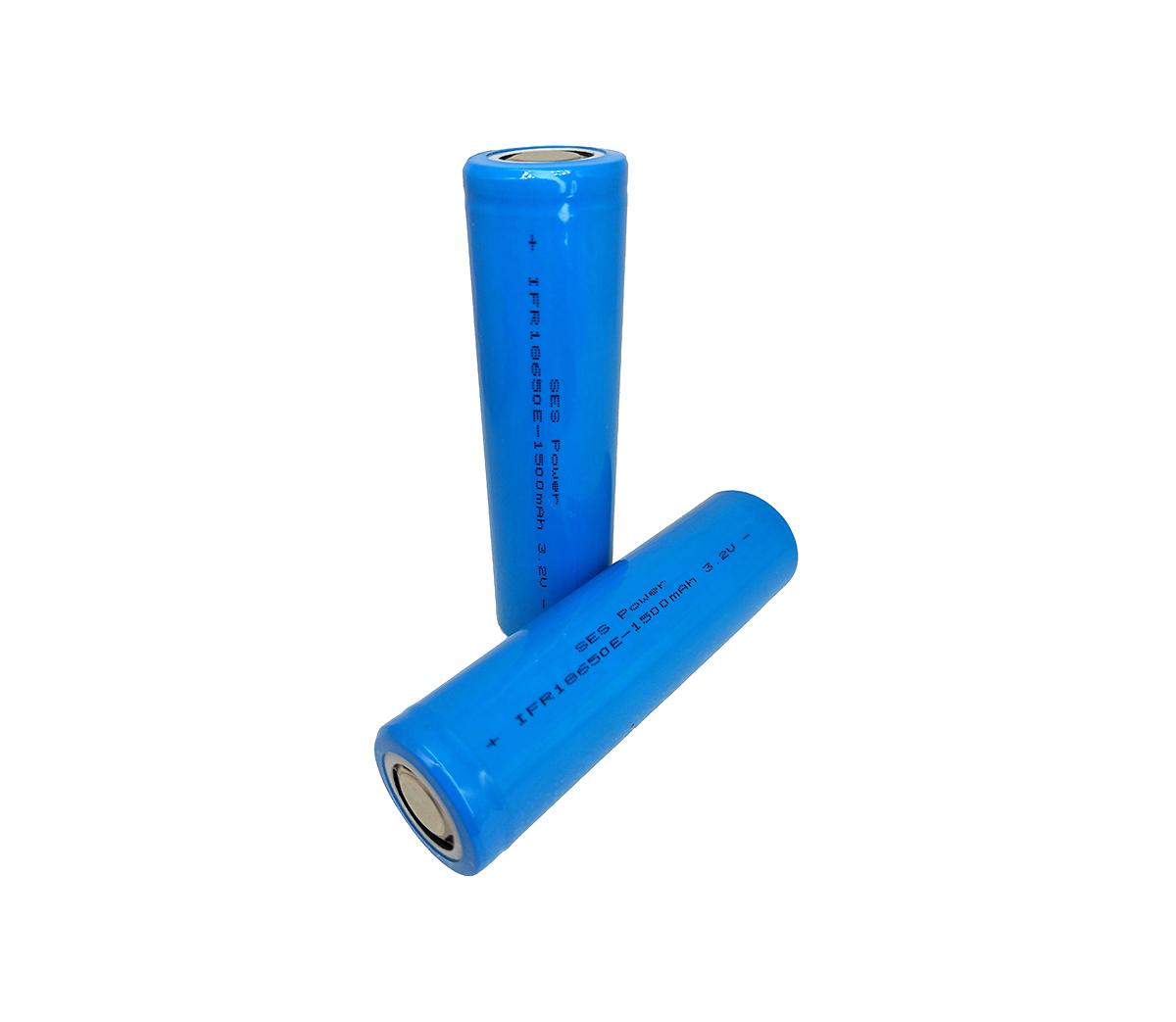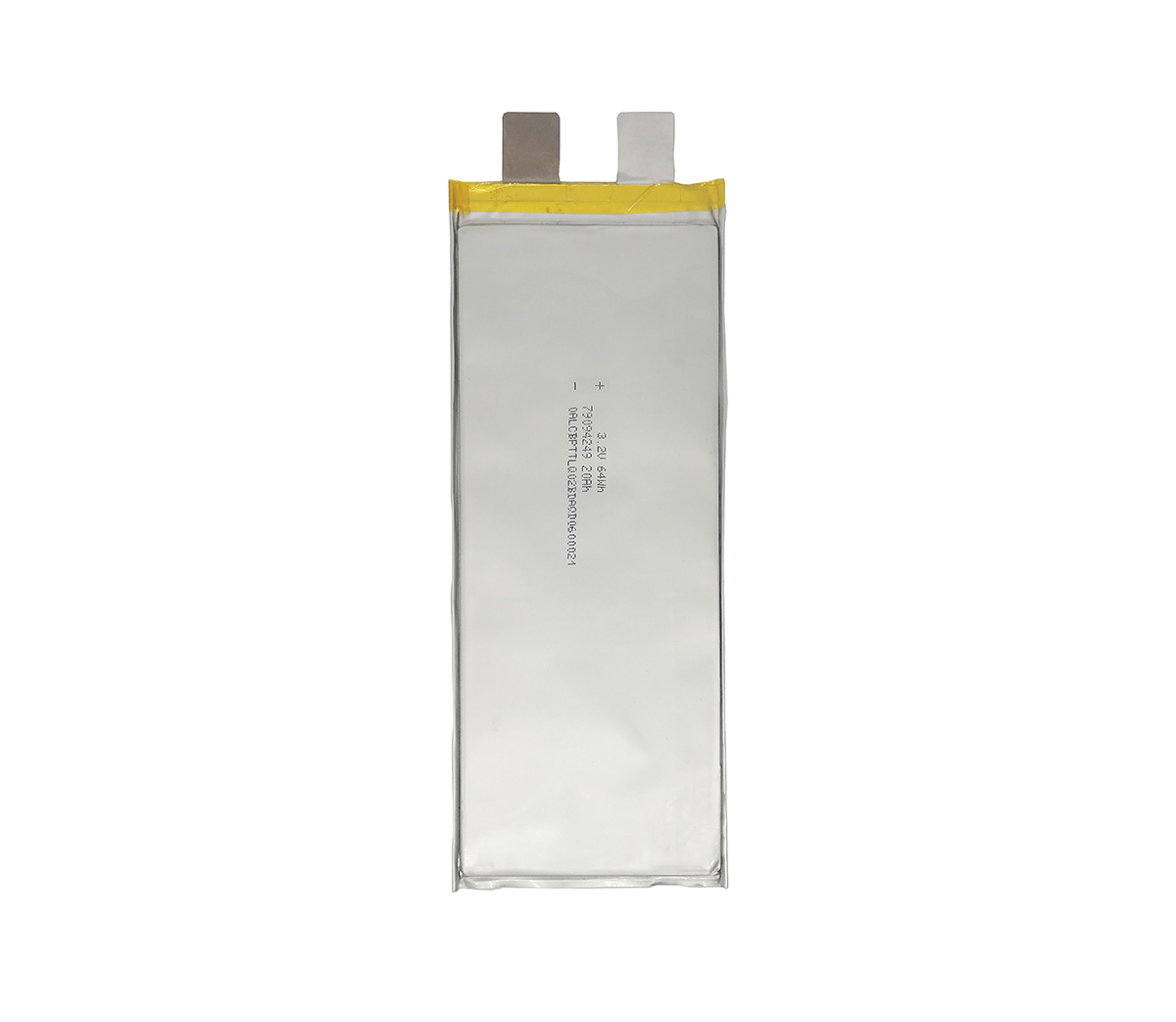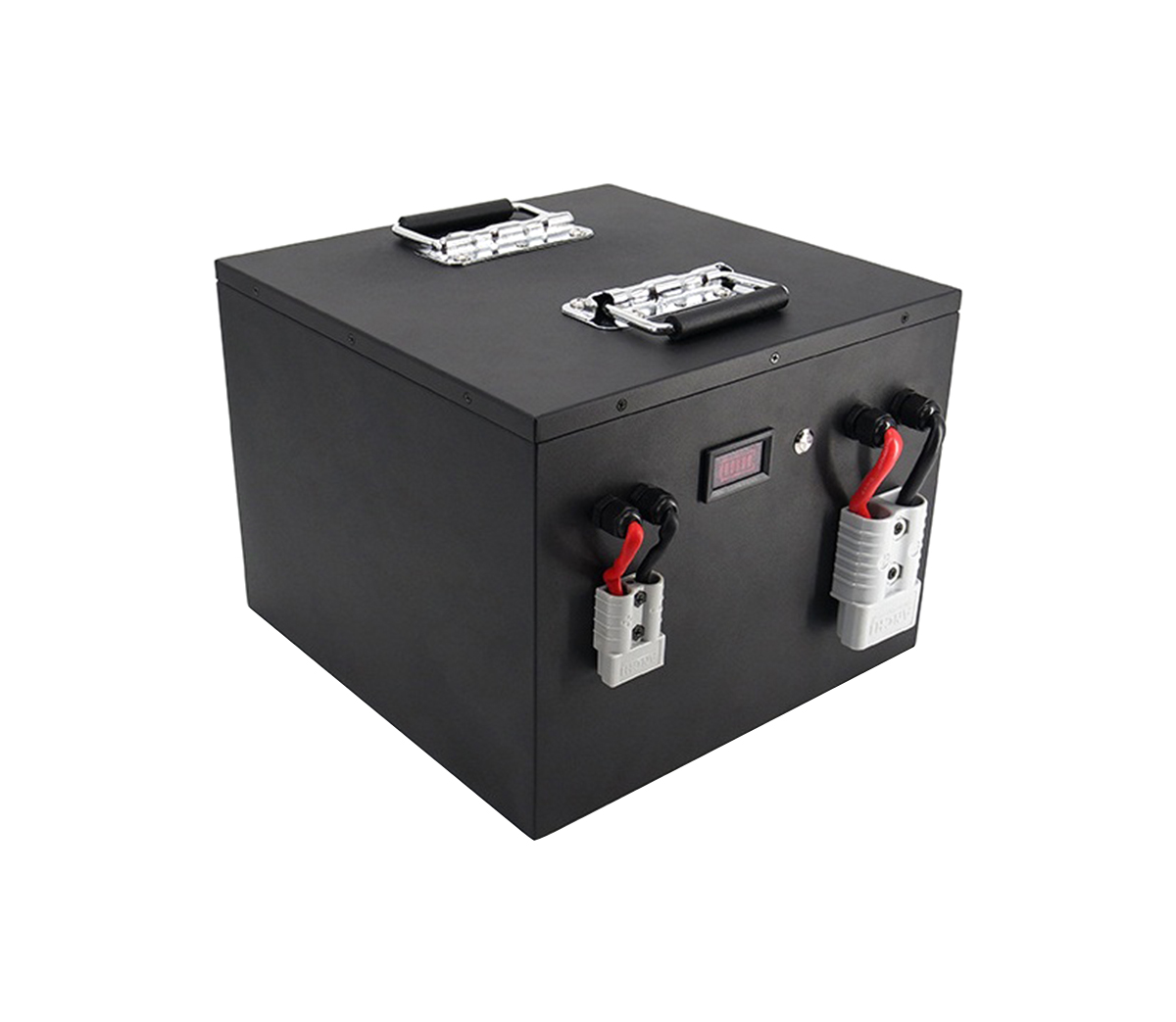Knowledge and design focus of high-performance soft pack lithium battery
pack
The battery module can be understood as a product formed by the combination
of lithium-ion cells in series and parallel, and the addition of BMS. The
structure of the pack must support, fix and protect the cells. These functions
can be summarized into three major items: mechanical strength, electrical
performance, thermal performance and fault handling capability.
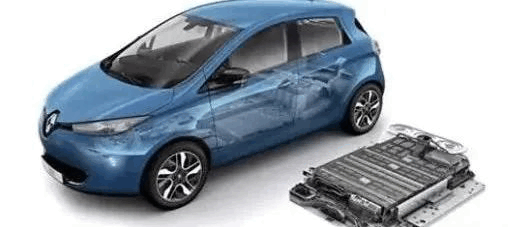
Mechanical strength: whether it can fix the position of the cell well and
protect it from deformation that damages performance;
Electrical performance: how to meet the current-carrying performance
requirements, how to meet the control of the temperature of the cell, and
whether it can be powered off in the event of a serious abnormality;
Thermal performance and fault handling capabilities: Avoiding the spread of
thermal runaway, being able to sense the SOH state of the battery in advance,
and being able to alarm or protect itself, etc., are one of the criteria for
judging the quality of battery modules. For high-performance battery modules,
their thermal management solutions have turned to liquid cooling or phase change
materials.
SES Power often uses CATL, EVE square aluminum shell lithium iron phosphate
for production, such as our 12V100Ah, 12V200Ah, 24V100Ah, 24V200Ah, 36V100Ah,
48V50Ah, 48V100Ah, 48V200Ah, 72V100Ah, 12V30Ah, 12V50Ah using high-performance
lithium batteries , 12V60Ah start-up battery (the maximum peak current can reach
1500A), etc., but we also use soft-pack lithium batteries in many products,
because the energy density of soft-pack batteries is in the three common lithium
battery packaging forms, energy The volume ratio is optimal. But at the level of
pack design, because the soft-packed cells do not have a steel shell for
protection, the pack must protect the soft-packed lithium battery cells.

The following is a detailed explanation of the knowledge and key points of
the pack design of the soft-pack power lithium battery pack by SES Power.
A: The main components of the module
The above picture is a typical form. Its basic components include: BMS,
battery cells, conductive connectors, plastic frames, cold plates, cooling
pipes, pressure plates at both ends, and a set of fasteners that combine these
components. The pressure plates at both ends not only gather the single cells,
but also provide a certain pressure.
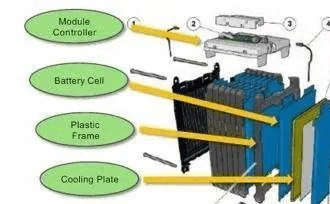
B: Structural Design
Structural design requirements: anti-vibration and anti-fatigue; process
controllable: no over-welding, virtual welding, to ensure 100% no damage to the
cell; high automation cost; easy maintenance and repair; necessary heat transfer
isolation to avoid rapid spread of thermal runaway.
C: Thermal Design
The physical structure of the soft-packed cell determines that it is not
easy to explode. At the same time, soft-packed cells are also the best in heat
dissipation among several cell structures.
The well-known representative of the soft-pack power battery pack, Nissan's
Leaf, has a fully sealed structure and does not consider heat dissipation.
Leaf's frequent feedback in the market is too fast, which is obviously related
to thermal management. Obviously, pouch cells must have an active thermal
management structure.
The current mainstream cooling methods have been transformed into liquid
cooling and phase change material cooling. Phase change material cooling can be
used in conjunction with liquid cooling, or alone in less severe
environments.
There is also a process that is still widely used, which is glue (the
thermal conductivity of which is much larger than that of air). The thermal
energy of the cell will be transferred to the module housing by the thermally
conductive adhesive, and then further dissipated to the environment. In this
way, it is unlikely that the cells will be replaced individually again, but the
propagation of thermal runaway is also prevented to a certain extent.
D: Electrical Design
Electrical design, including low-voltage and high-voltage parts.
Low-voltage design generally needs to consider several functions:
collecting battery voltage and temperature information on the controller;
generally designing a balance function (active balance or passive balance or
both) on the controller; a small number of relays to control the switch
function; Transmit module information through CAN communication.
The high-voltage design mainly refers to the series and parallel connection
between the battery cells and the battery cells, as well as the connection
conduction mode between the modules and the modules outside the module. These
high-voltage connections need to meet two requirements: first, the distribution
of conductive parts and contact resistance between the cells should be uniform,
otherwise the single-cell voltage detection will be disturbed; second, the
resistance should be small enough to avoid the electric energy on the
transmission path. waste.
E: safety design
Safety design can be divided into three requirements: good design to ensure
that no accident occurs; early warning; accident or failure has occurred, it
needs to prevent the accident from spreading too fast.
To achieve the first requirement, a reasonable layout, a good cooling
system, and a reliable structural design are required; for the secondary
requirement, the sensors need to be more widely distributed to every possible
fault point, comprehensively detect voltage and temperature, and it is best to
monitor every possible fault point. The internal resistance of a cell; the final
requirement is to set a fuse through the cell and the module, set a firewall
between the modules, and design strength redundancy to deal with possible
structural collapse after a disaster.
F: Lightweight Design
The main purpose is to pursue the energy volume ratio. There are many ways
to reduce weight, such as increasing the energy density of the cell; in the
detailed design, pursue the thinness of the structure while ensuring the
strength (such as choosing a thinner material and digging a larger hole in the
plate); replacing it with aluminum Sheet metal parts; use new lower density
materials to build shells, etc.
G: Standardized Design
Standardization is the cornerstone of reducing costs and improving
interchangeability. Specific to the power battery module, there is an additional
purpose of cascade utilization.












